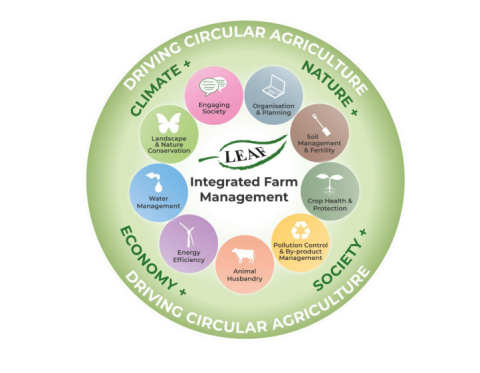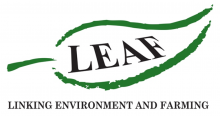Farmers hold a unique position to be an innovative part of the solution to climate change, with farming having the potential to act as both a source and a sink for greenhouse gas (GHG) emissions. Climate positive farming is a key guiding principle of LEAF’s 2021-2031 strategy through the adoption of the agroecological and regenerative benefits of the whole farm, site specific focus of Integrated Farm Management (IFM). Developing and advancing relevant, site specific and whole farm approaches underpin LEAF’s capability to deliver climate positive action.
Download the guide below.



